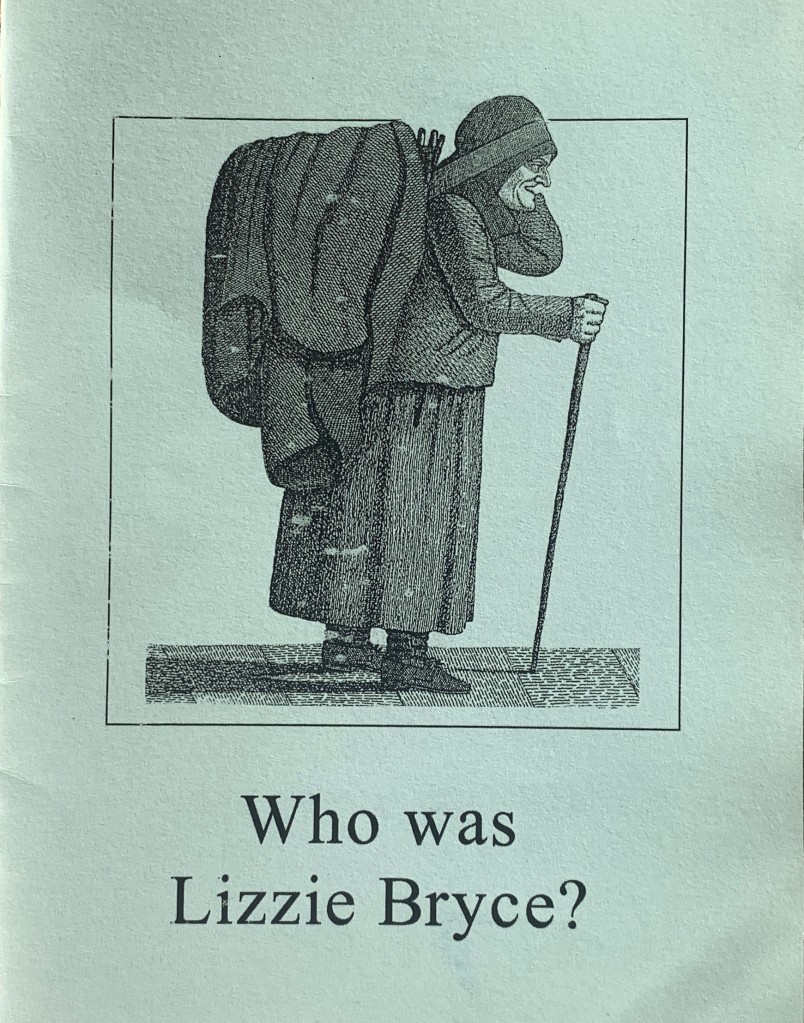Witches in Word, Not Deed is an exhibition…
….to remember the real women who were persecuted as witches in Scotland… Thirteen women are remembered … bringing attention to the loss of life and identity in which the witch trials resulted.
https://talesofonecity.wordpress.com/
These were not witches. They were simply women: accused; often tortured; then murdered for the commission of utterly fictitious crimes.
There have been a number of projects in recent years, raising awareness of the many women who were tried and executed as witches in Scotland. The first I became aware of was the vocal and tireless, Witches of Scotland. This is a campaign seeking justice for those accused women.
The Witches of Scotland (WoS) Campaign was launched on International Women’s Day 2020 by Claire Mitchell [KC] and Zoe Venditozzi. The campaign has 3 aims: to obtain a pardon for those convicted as witches under the Witchcraft Act 1563, to obtain an apology for all those accused, and to obtain a national memorial to remember those killed as witches.
https://www.witchesofscotland.com/
The very excellent Claire Mitchell KC, and author Zoe Venditozzi also host a podcast. They originally planned a short run of (I believe) 6 episodes, but will soon reach their 70th!
Through this podcast I learned of a project local to me, The Calder Witch Hunt, along with many, many others. They interview authors, academics and fellow campaigners. Very much worth a listen and follow.
Speaking of local “witches”, there’s a “Lizzie Brice’s Roundabout” near me. The local lore is that Lizzie Brice was a witch and, I was told, “the last witch burned in Scotland”. Everyone accepted that as truth… However, according to a booklet produced by the Local History Library, Lizzie was, happily, not accused of witchcraft.
Lizzie Bryce was a widow living in the parish of Mid Calder in the 1800s. She and her daughter were employed to house “pauper children” from Edinburgh, keeping them out of the workhouses and in the more wholesome country air.
source: West Lothian Council Local History Library, 1999

Unusually, for a poor woman, her name lived on: attached to the strip of woodland where she lived and later the roundabout built nearby, a petrol station, and a pub.


 I don’t really have much knowledge on this topic but during my recent trip to the US (Florida and New Orleans) I saw several little neighbourhood book swaps and they appeared to be situated in all kinds of areas. What’s true of Toronto may not be universally constant.
I don’t really have much knowledge on this topic but during my recent trip to the US (Florida and New Orleans) I saw several little neighbourhood book swaps and they appeared to be situated in all kinds of areas. What’s true of Toronto may not be universally constant.
 However, on July 1, 1731, Benjamin Franklin and a number of his fellow members among the Junto met to found a library. This library became the Library Company of Philadelphia. The Junto was a club for mutual improvement through debate on questions of moral, politics, and natural philosophy. “[R]ooms on the second floor of the newly finished west wing of the State House (now Independence Hall)… [housed the Library and its collections]. It was there that Franklin and his associates performed their first experiments in electricity” during the 1740s (
However, on July 1, 1731, Benjamin Franklin and a number of his fellow members among the Junto met to found a library. This library became the Library Company of Philadelphia. The Junto was a club for mutual improvement through debate on questions of moral, politics, and natural philosophy. “[R]ooms on the second floor of the newly finished west wing of the State House (now Independence Hall)… [housed the Library and its collections]. It was there that Franklin and his associates performed their first experiments in electricity” during the 1740s ( ound the world to do an exhibition with. It can be of your home town, or where you’re on holiday. What would be really great would be if you could write a quick book review on the back, although I think anything (polite!) you’d like to write about books would be much appreciated.
ound the world to do an exhibition with. It can be of your home town, or where you’re on holiday. What would be really great would be if you could write a quick book review on the back, although I think anything (polite!) you’d like to write about books would be much appreciated.

